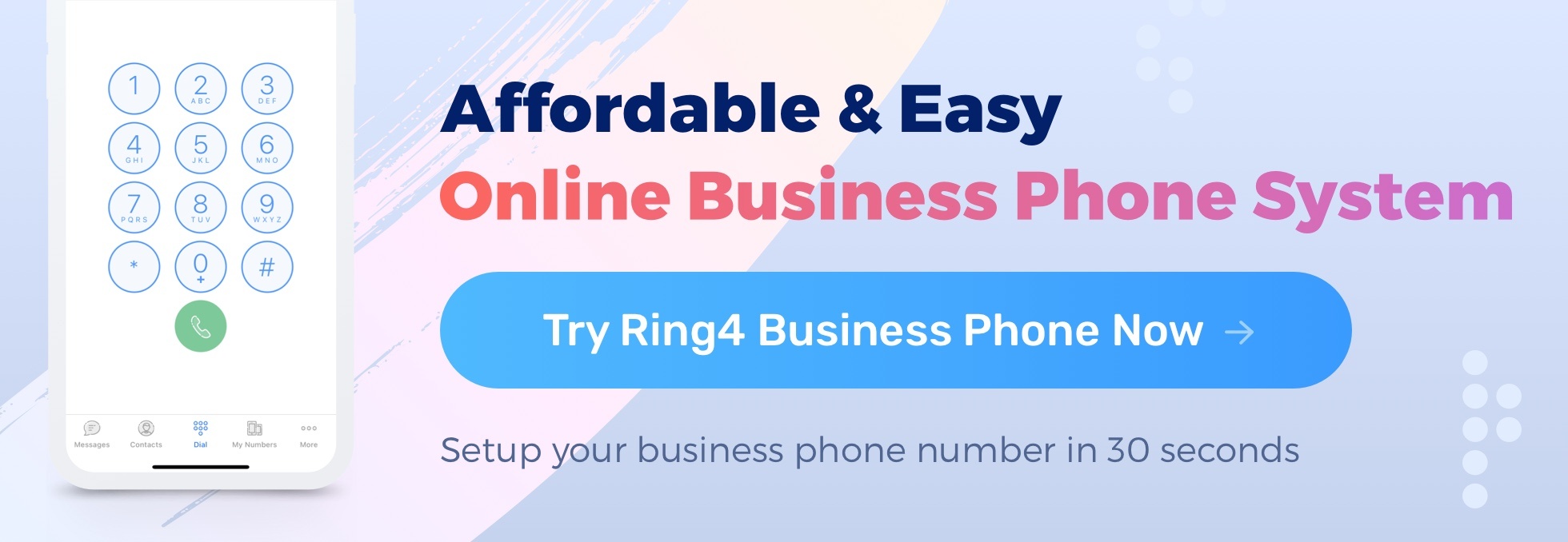Customer experience has been rated as one of the most important factors in building a successful business. According to Hubspot, 68% of customers reported that they would pay more for a product from a company that provides excellent customer service.
In contrast, 60% of people leave a brand because of unresponsive customer service. Therefore, providing good customer service can help businesses attract more customers and strive in the industry in the long run.
A positive customer service experience also has a significant influence on referrals. People who experience good customer service are 38% more likely to suggest the brand to others. Unfortunately, not every company can provide excellent customer experiences. Most businesses tend to focus on their products without emphasizing the service offered to their customers.
However, if you are looking for a few ways to improve customer satisfaction, here are nine customer service tips that you can implement:
1. Know Your Customers
According to a study, 76% of customers want brands to understand their needs. That's why the first step is to identify your target customers. The more you know them, the better customer experiences you can provide for them.
Once you have identified your customers, make sure that all employees understand their needs and wants. It's essential to involve everyone in this step since they are the ones who will be providing excellent customer service.
For example, if you sell children's toys, make sure that all staff know the age range of your customers and what kind of products they are interested in. As a result, they will provide better customer service by recommending the right product to each customer. Once you have a better grasp of them, you will know how to approach your audience and provide exceptional help.
2. Establish Clear and Actionable Customer Service Standards
To ensure consistency in service delivery, you need to set a clear and actionable standard. It will help your customer support team understand how to interact with customers accordingly.
A customer service principle helps you provide a great customer experience. Here are a few takeaways you should know:
- Tone and type of language (formal or informal)
- Template for customer communication
- Customer service delivery timeframe
- Process for problem resolution
Apart from the key points above, conduct a brief poll to know what kind of customer service experience they expect. You can also take random samples of interactions with your customers to see what should be improved on the customer support.
3. Put Customer's Happiness as the Priority
Some companies fail to improve their quality of customer service because of a wrong mindset. They solely believe that only the customer service representative is accountable for the client's happiness and satisfaction.
It makes other teams such as operations, engineers, or even the production team ignore the responsibility to serve the best experience for every customer.
When every employee acknowledges the importance of customer satisfaction despite their range of work, companies can improve the overall customer experience of a service or product. Moreover, getting everyone included in increasing customer experience can create a better working environment. If the agent can't resolve a problem, another team member can take it over quickly.

Source: Unblast
4. Provide Best Training for Your Customer Service Team
In many cases, companies fail to provide a good customer service experience. It happens because the agents lack specific skills, such as the ability to empathize with customers, or not listen to customers' problems.
Hence, they need additional training to make sure that they can properly handle your customers. You can invest on a good training and materials that will focus on improving the following qualities:
- Consistency, empathy, and patience to show the same level of service every time
- Adaptability to handle all types of customers and unpredictable situations
- Clear communication to educate and deliver information accurately
- Dedication to keep prioritizing customers in any situation
5. Generate Omnichannel Customer Service
In addition to expecting a rapid response and solution, most consumers would want to communicate with the same customer support agent across all channels.
Thankfully, omnichannel customer service is available to fulfill the demand. It allows a company to connect with customers via numerous channels while keeping all data in a single system.
It means a customer can contact you on Facebook and then continue the conversation via email or other platforms without explaining the problem from the beginning. Businesses can also create mobile applications for more effective and instant communication with an ios app maker.
Omnichannel customer service, if implemented correctly, will give a positive return for your business, such as saving your budget, increasing customer service agent productivity, and boosting customer satisfaction.
6. Invest in Self-Service Solutions
Customer self-service is now becoming the first choice whenever people encounter a problem with a product. In fact, about 77% of customers have a more positive view towards companies that offer self-service for them. They see getting an easy, quick self-service as an attractive option when it comes to visiting a company.
They can get the solution with only a few clicks rather than queuing up to resolve their issues and describing the problem to customer service representatives.
Another study also suggested that 73% of customers preferred to use a company's website instead of using social media and text messages when they need an instant solution.
If your company still relies only on a phone call to interact with customers, it is time to provide customer self-service on your website. Generally, it comes in a customer service video that explains a knowledge base, online discussion, and frequently asked questions. You can even create automated playbooks to send them videos, website links, or texts when they perform certain actions.
And make sure to get web hosting to ensure your customers' safe experience with your brand. There are various factors to consider in how to choose web hosting because it forms the foundation of the website.

Source: Freepik
7. Follow Up After Resolving an Issue
Some companies forget to send a follow-up email or contact their customers again after resolving the problem. It is not the best practice to imitate.
Following up with customers after resolving an issue is as important as responding to their complaints instantly. Therefore, it is highly essential to send a follow-up email. You can even use your company's letterhead in your email for more personalization and leave a lasting effect on your customers. It is essential to make a long-lasting relationship with them so they will continue using your product or service.
This step is also beneficial to show that your organization values them. You give your best effort to provide your customers with an excellent experience. As a result, they will be satisfied and more likely to stay with you instead of going to your competitors.
8. Collect and Analyze Customer Feedback
Customer feedback is a valuable asset for your business to continue growing. Asking for feedback can also build a positive brand image.
Customers will feel a personal connection with you and be involved. This kind of bonding will create loyal customers. So, ensure that you reply to all of them, whether it is positive or negative feedback.
Collecting feedback allows you to find out your strengths and weaknesses in the product or service. You can then improve what you're lacking to serve the best experience to your customers.
So, how do you collect feedback? Most companies use real-time feedback from in-app, conversational chatbots, or automated live chat with customers across different platforms. Customers can leave feedback after consulting with your agent via a live chat as well as on review channels.
9. Choose the Right Communication Tools
Going for a good communication tool, like a good business phone system such as Ring4 will go a long way in boosting your efficiency at customer handling. For example, you can automatically record and transcribe every call you make, and always refer back to a log of what a customer said.
It is critical that you have clear lines of communication between you and your customers, and still protect your privacy.
Takeaway
In order to develop a practical customer service strategy, you must understand your consumers, prepare clear standards, and assemble a strong customer service staff that puts your customers first.

